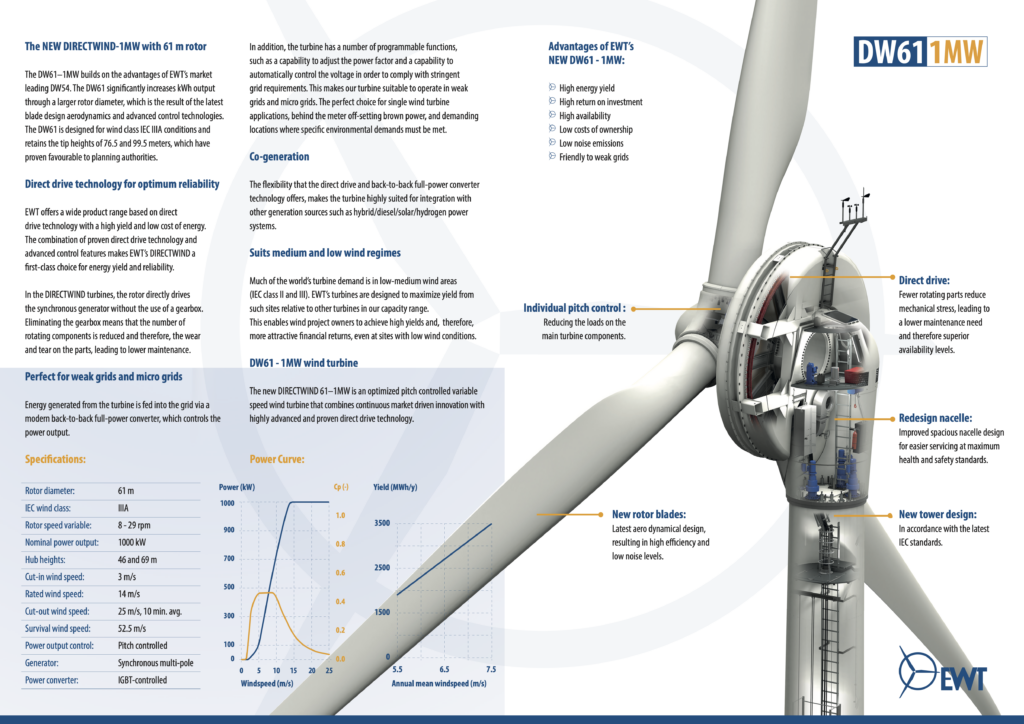Empowering Yukon: Indigenous Led Wind Energy
Projects Sponsor
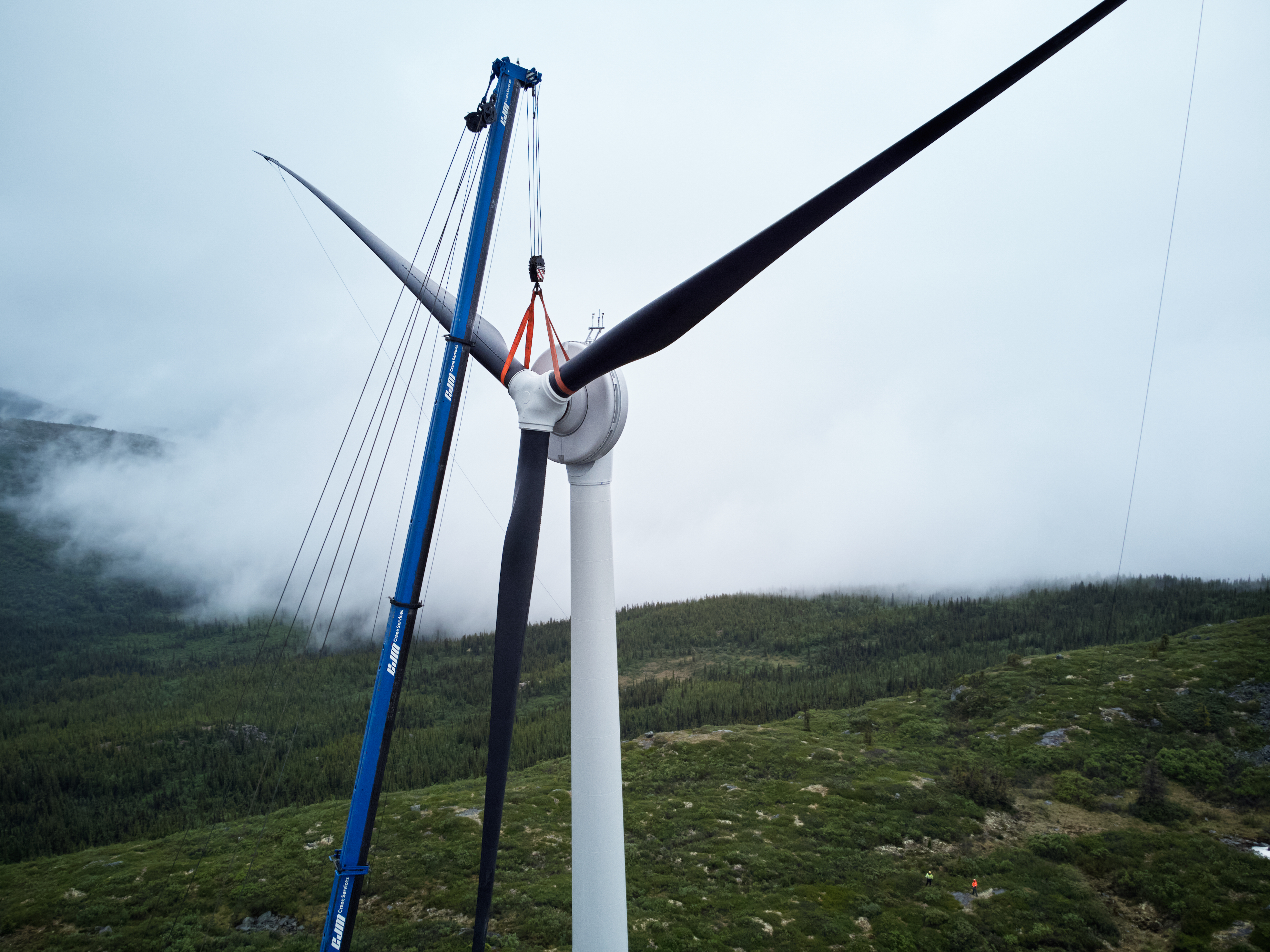
The Haeckel Hill-Thay T’äw Wind Energy Project was initiated to tackle the Yukon’s increasing reliance on imported fossil fuels, for energy demands that run particularly high during the winter months. Launched with the goal of enhancing local energy security by developing local renewable power, the project was led by the Kwanlin Dün First Nation, establishing the first 100% Indigenous-owned wind project in Northern Canada. The project is a landmark in developing regional economic and technological self-sufficiency and it offers many lessons to the wider world, beginning with how much planning, ingenuity and collaboration it took to get those turbines spinning.
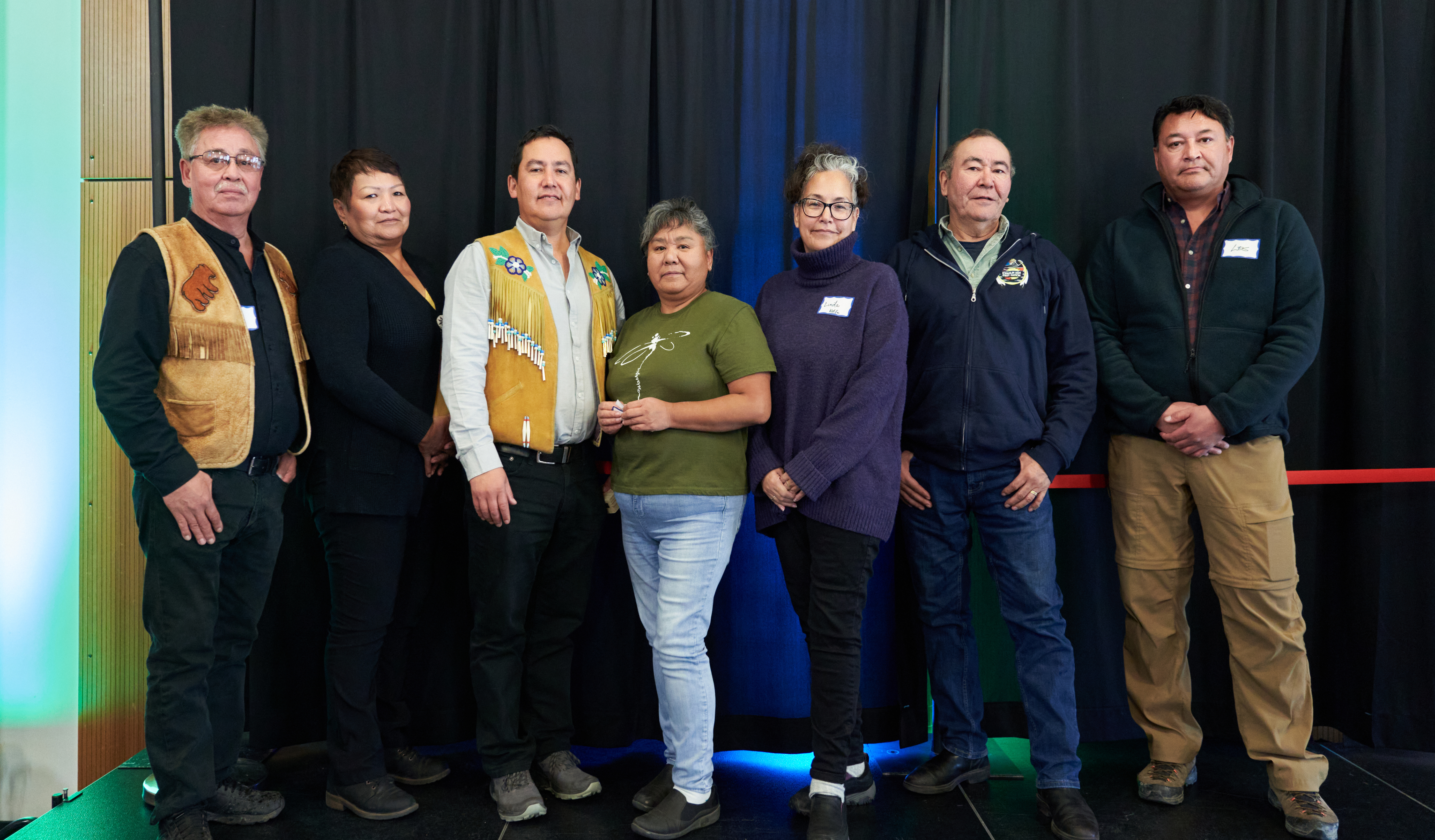
Prior to the project’s commencement, extensive research and data collection were conducted, including the installation of a meteorological tower in 2016 by Northern Energy Capital. This data confirmed that local wind patterns were strongest in winter—conveniently aligning perfectly with the peak energy demand periods. Previous studies by Yukon Energy at this site also provided foundational insights. The consistent and powerful winter winds verified the site’s potential for wind energy production, crucial for reducing winter-time fossil fuel use.
The Haeckel Hill-Thay T’äw Wind Energy Project team set objectives based on the meteorological data gathered, and the development of the Haeckel Hill-Thay T’äw Wind Energy Project progressed through three crucial phases. The first step involved aligning the project with the values of their partners and the Kwanlin Dün First Nation, ensuring that community input guided every decision. Next, they collaborated with local and federal government bodies to create a new Independent Power Producer (IPP) policy that allowed non-utility entities to build and operate energy projects. The final step was engineering a wind energy solution capable of withstanding Yukon’s severe winter conditions, involving the design and installation of specialized cold-climate turbines.
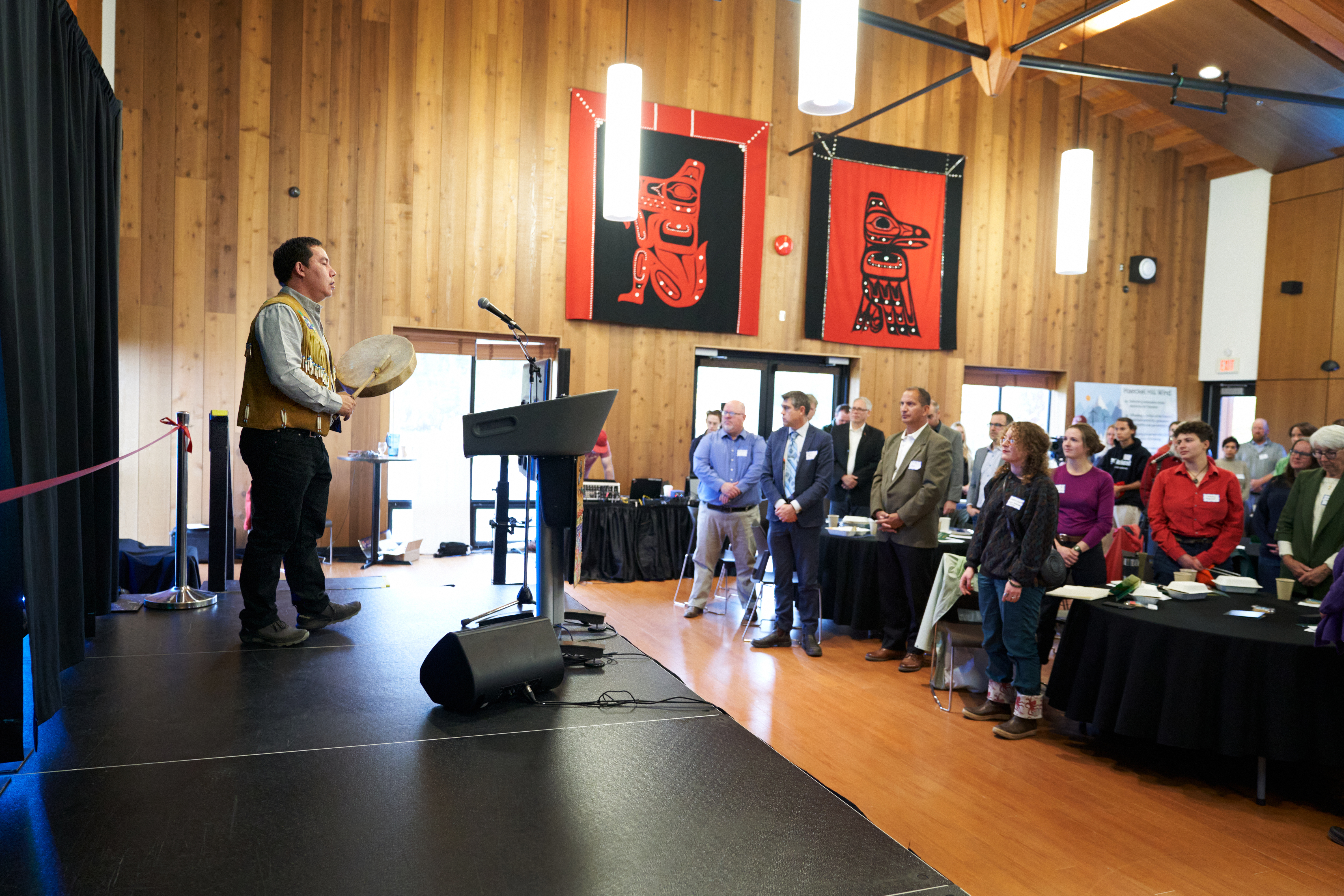
Developing a project that reflected their partners’ values while navigating the creation of a new government policy for non-utility energy projects posed significant challenges for the team as did the harsh Yukon climate. Severe weather impacted logistics and turbine installation caused delays, and initial turbine settings struggled with unexpected icing.
Fortunately, by enhancing their logistical planning, incorporating advanced de-icing technologies, and extending their collaboration with meteorological experts for better weather preparedness and response strategies, the team was able to overcome these obstacles.
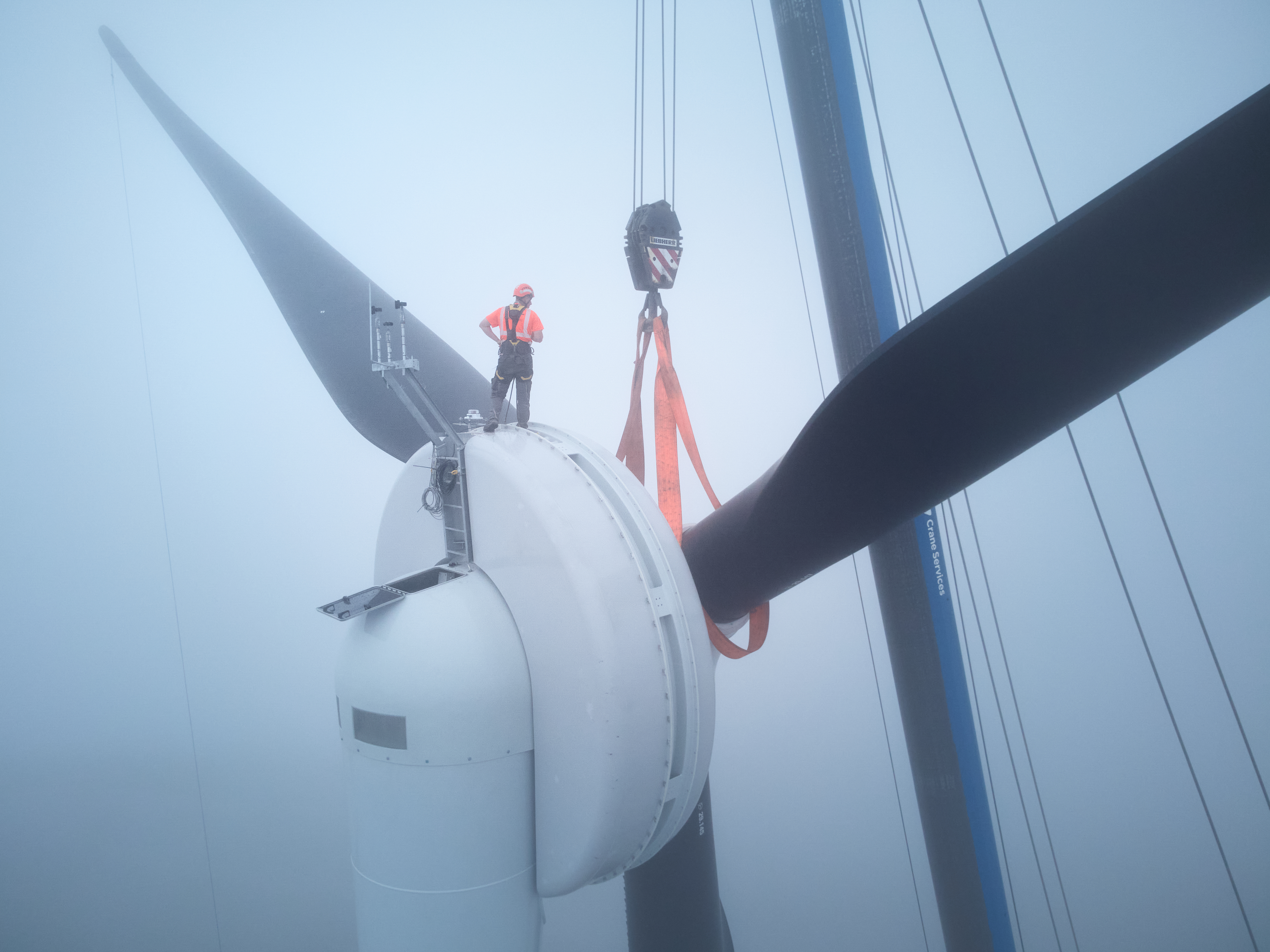
Key external contributors included Northern Energy Capital for initial funding and expertise in capital project planning and delivery, and Chu Níikwän LP for community engagement and project oversight. Financial and policy support came from CanNor and Infrastructure Canada. EWT supplied specialized turbines, and Yukon Energy Corporation facilitated grid integration. These collaborations were essential for the project’s conceptualization through to its operational commencement.
By significantly reducing diesel use, the project is having a profound impact on local carbon emissions, providing a sustainable power source during critical winter months and informing policy developments for renewable energy. Tailoring turbine technology to thrive in the Yukon’s severe climate, including features like black blades and in-blade heating, sets a new benchmark for cold-climate renewable energy projects.
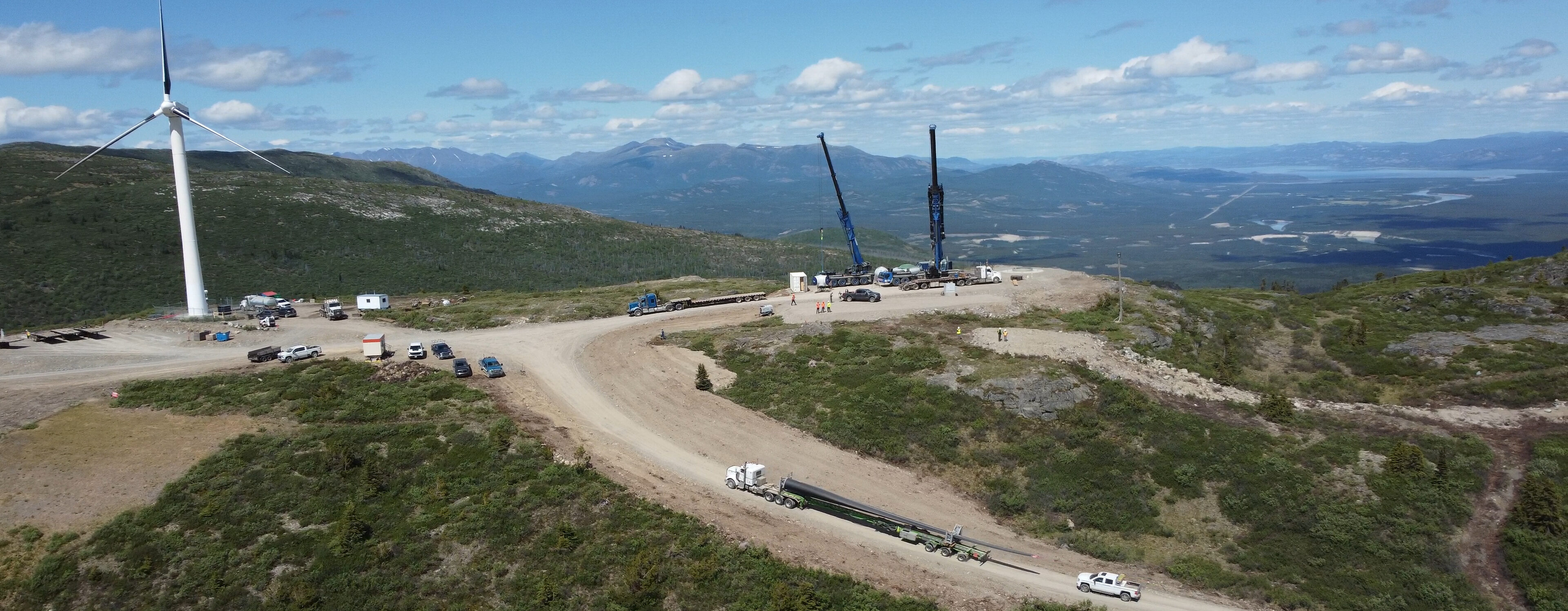
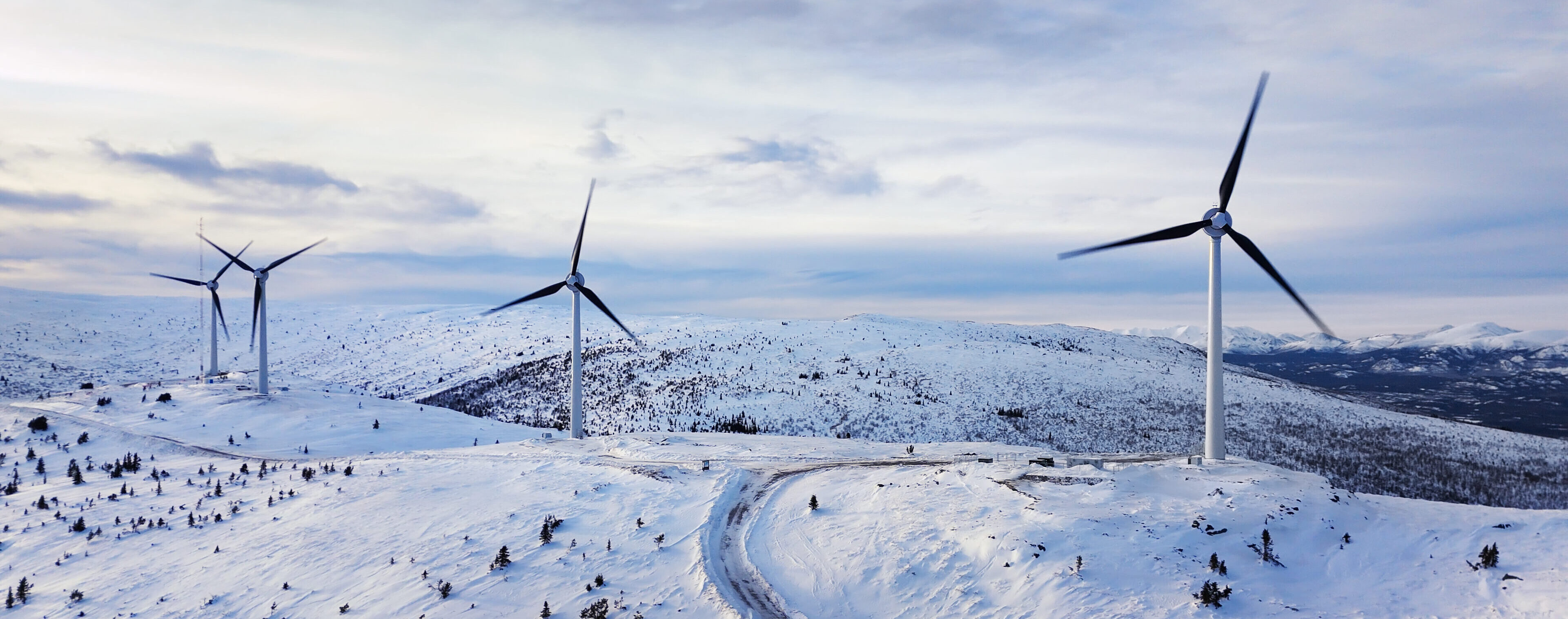
The project’s approach—integrating community values into sustainable development and pioneering new government policies—serves as an inspirational model for other Indigenous and remote communities globally, demonstrating how to merge traditional stewardship with modern technology to achieve energy independence. Reducing carbon emissions by substituting diesel from afar with the clean wind energy from within is a local and worldwide win—one that should make a lot of heads, and ultimately a lot more turbines, spin.
